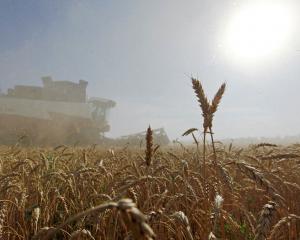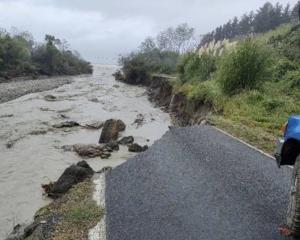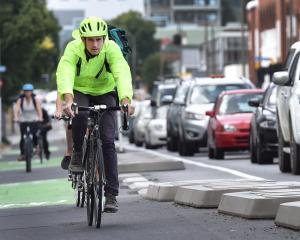Nature flourishes within limits. Our pumpkin seedlings need nurturing and the risk of frost must be passed before we plant them out. Then they need rich, nutritious soil and water to grow to size over spring, summer and harden off in autumn. The leaves will wilt and the pumpkins will be harvested, stored then progressively eaten through winter, part of our seasonal diet. But the seeds will be kept, and in spring ...
The thing is, no matter how rich the soil, individual pumpkins don’t continue to grow and grow — there are biological limits in nature. So why, when we appropriated the idea of growth from nature and applied it to our economic system, why did we not understand that growth exists in a cycle of growth and decay/consumption and regeneration? Peasant societies and hunter-gathers understood this. Has industrialisation made us believe we’re somehow beyond nature, made us believe our own myths?
The myth of endless economic growth is part of our everyday language now, and if it continues to dominate our political and economic spheres it will result in overshoot — inadvertently going beyond the limits for society to self-sustain. I surely don’t need to elaborate on what that means.
To build economic resilience as we adapt to the climate crisis we need to look to nature.
Biomimicry — meaning taking inspiration from nature for design and potentially to help build a circular economy — has already been understood and used by many people. Those little teeth on wind turbine blades? Inspired by humpback whale fins which have lots of small ridges and allow a turbine blade to capture more energy from the same wind.
There are other innovations derived from nature in the wind industry, such as wooden windpower towers and recyclable wind turbine blades. What I love about these innovations is that they demonstrate that with creativity and purpose we can replace our fossil energy system with a renewable energy system imitating nature.
It’s clearly not as simple as that of course. Replacement of one power source with another will still require energy and as we work hard to reduce impact and lower our CO2 emissions we must do more with less. But new shoots are appearing in surprising places too. In recent consultation the Infrastructure Commission in its 30-year infrastructure plan didn’t just propose building better. InfraCom made explicit reference to looking for non-built alternatives and nature-based systems. Climate Change Minister James Shaw has also clearly stated that nature-based solutions will be a critical part of our national Emissions Reduction Plan.
In a speech in July he explained: “If we can do this, we can have a truly holistic approach to stopping the loss and degradation of carbon- and species-rich ecosystems on land and in the ocean — especially areas like forests, wetlands, and coastal ecosystems. We can restore carbon — and species-rich ecosystems — a cost-effective step that will also improve water quality, reduce soil erosion, and enhance pollination.”
Adapting well means working with and in, not against, nature. Harnessing the power of the wind, the flow of the river, the golden sun and the power of the earth. Closing the loop on mobility, so that we’re more active or powered by renewables. Regenerative organic agriculture to restore our rivers, soils and rural communities. Homes that are warm, cosy and climate-safe.
If our pumpkins grow as expected — remembering that nature presents plenty of risk through the seasons — then we’ll harvest them and enjoy them next winter. If we tried to keep growing the plants, wanting more and more as if endless growth were possible, we’d simply end up with a tangle of rotten vine and pumpkin, nothing for the table and possibly no seed for the next season.
Growing out of humanity’s adolescent phase, with its focus on the now and hedonistic consumer society to a mature post-growth society focusing on wellbeing is humanity’s biggest ever challenge, but also full of reward. Let’s nurture this!
- Scott Willis is a climate and energy consultant. Each week in this column one of a panel of writers addresses issues of sustainability.











